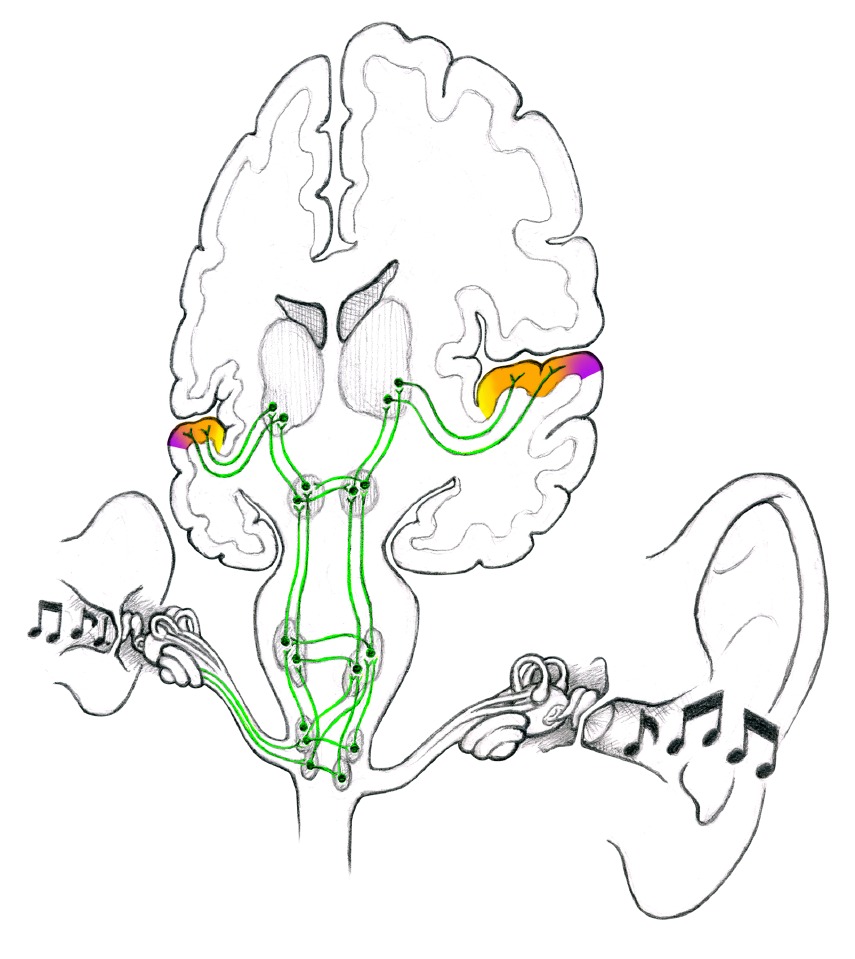Module Overview
- Top down processes in perception,
- The problem of driver distraction,
- The concept of a sensory memory buffer.
Learning Outcomes
With careful study, by the end of this module, one should be able to:
- Describe and evaluate the biased competition model of attention.
- Explain how context affects perception and give an example.
- Justify the importance of top-down processing in resolving ambiguity.
- Criticize the dichotic listening task as a vehicle for studying selective attention.
- Outline a scenario that illustrates the cocktail party effect.
PROJECT FILES
| Title | Author | Description |
|---|---|---|
|
|
Dr. Peter Coppin | CC BY |
|
|
Dr. Peter Coppin | CC BY |
|
|
Dr. Peter Coppin | CC BY |
| Title | Author | Description |
|---|---|---|
|
|
Dr. Mark Chignell |
This Storyline File can be downloaded and modified to your specific learning objectives (within the bounds of the creative commons licensing selected for this file. This is encouraged, but any technical issues are not supported by the University of Toronto. |
|
|
Dr. Mark Chignell |
This SCORM package can be uploaded into your institution's Learning Management System. |

